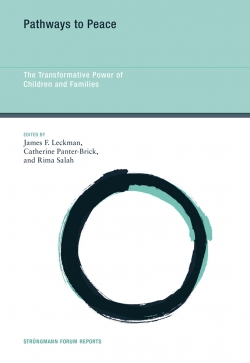Group Identity as an Obstacle and Catalyst of Peace
Group Identity as an Obstacle and Catalyst of Peace
Chapter 6 author: Douglas P. Fry
 Introduction
Introduction
Group identification is not inherently problematic, but the psychological states that accompany group identity can feed hostility and facilitate intergroup violence.
Comparative Social Organization Opens a New Perspective
While many researchers favor the existence of an “us versus them” mentality in explaining human social interactions, data suggests that the degree of hostility and warfare is in fact correlated with the complexity of social organization. At a nomadic forager level of social organization, for instance, there is very little intergroup hostility. Thus, “us versus them” orientations are a behavioral capacity of humans in some circumstances rather than a tendency across all social conditions.
Identity and Peace Promotion: Expanding the “Us” to Include the “Them”
There are many examples of groups that have existed alongside one another harmoniously:
- In the Upper Xingu River Basin of Brazil, there are 10 tribes that have their own identities but also see themselves as belonging to something greater; children in this region adopt multiple levels of identity
- In the Australian Western Desert region, there are interconnected networks of nomadic foragers who view themselves as “one country”; children are socialized to view the world as being inclusive
- In the Iroquois Confederacy, Native Americans established a confederacy—driven by a desire for internal peace and security—that led to the end of feuds and wars
- The European Union added a level of European identification in addition to national identification
Identity, Interdependence, and Cooperation
Attaining unity and cooperation can come from an outside threat but also from within, when a society needs to accomplish an important task. The notion of interdependence is essential, as it rallies groups of people seeking common outcomes; for instance, all of mankind must pitch in to curb global warming. Unification of social units with an overarching identity and commonalities could also reduce biases and hostilities, enhancing cooperation.
Expanding the “Us”: Creating the Human Identity of Global Citizenship
Teaching children about global citizenship can promote peace. A global citizen should be taught values such as tolerance, social equality, and justice.
JOIN THE CONVERSATION
For breaking news and to stay connected, follow us on social media. Sign up to get our E-News delivered straight to your inbox.

